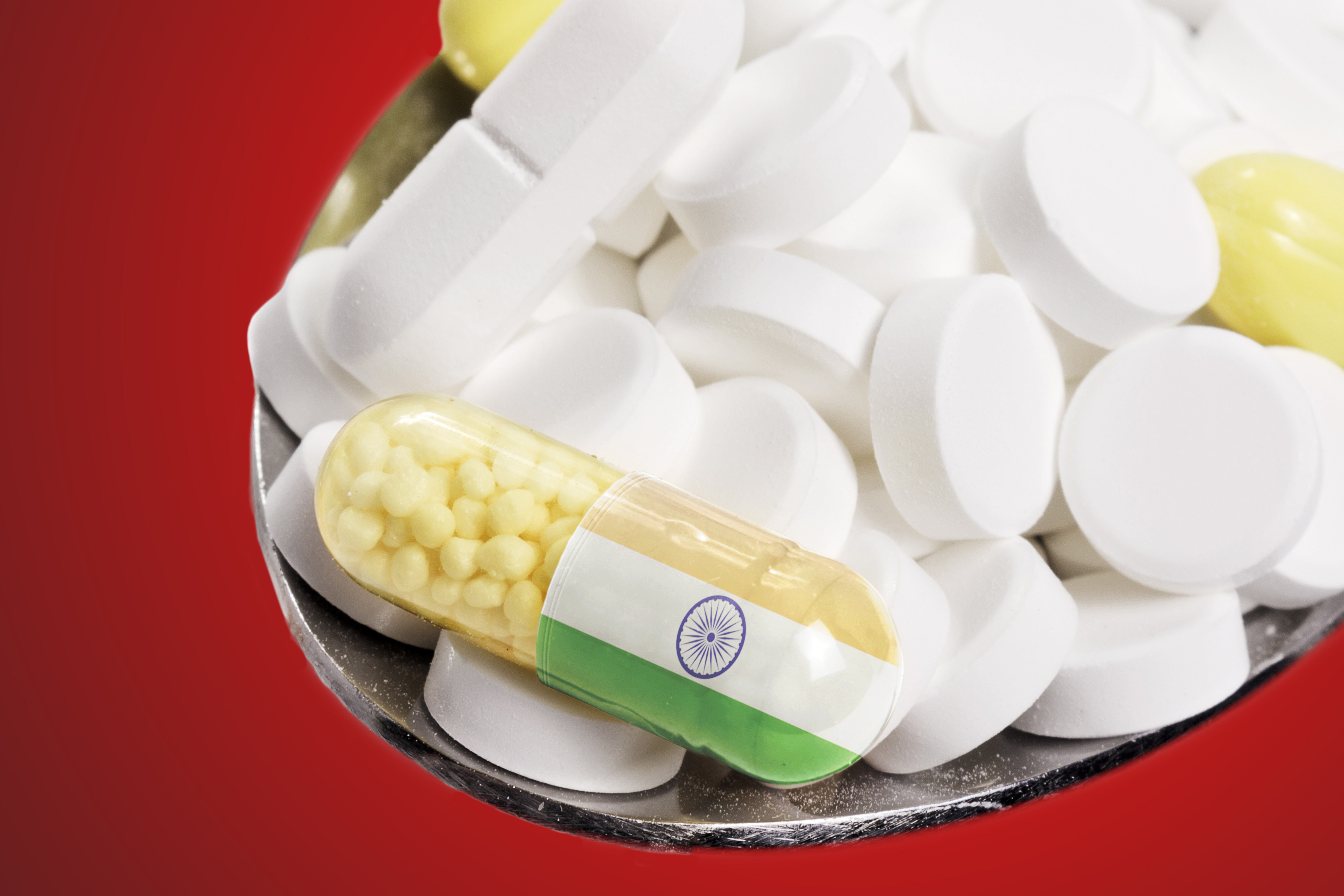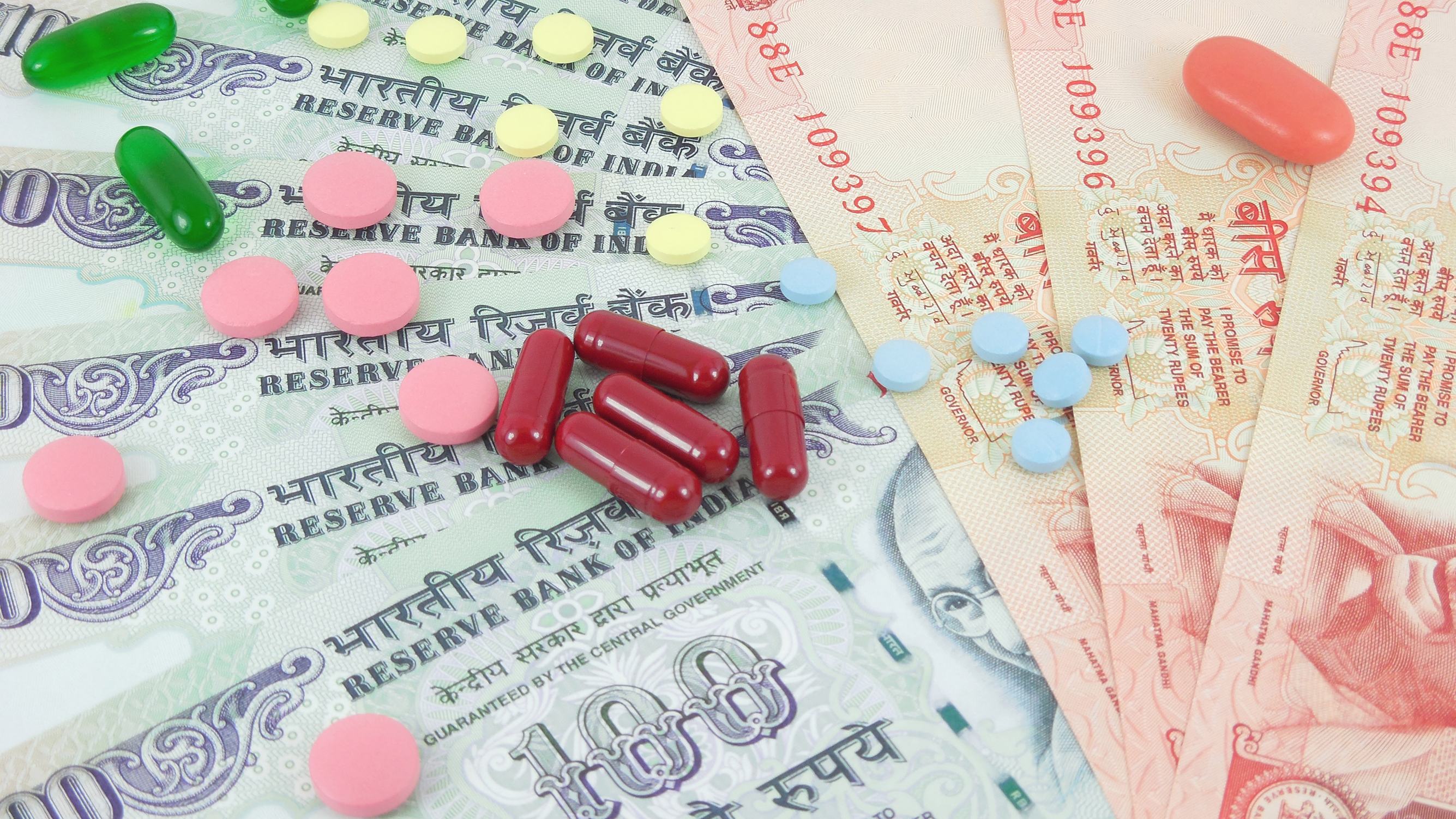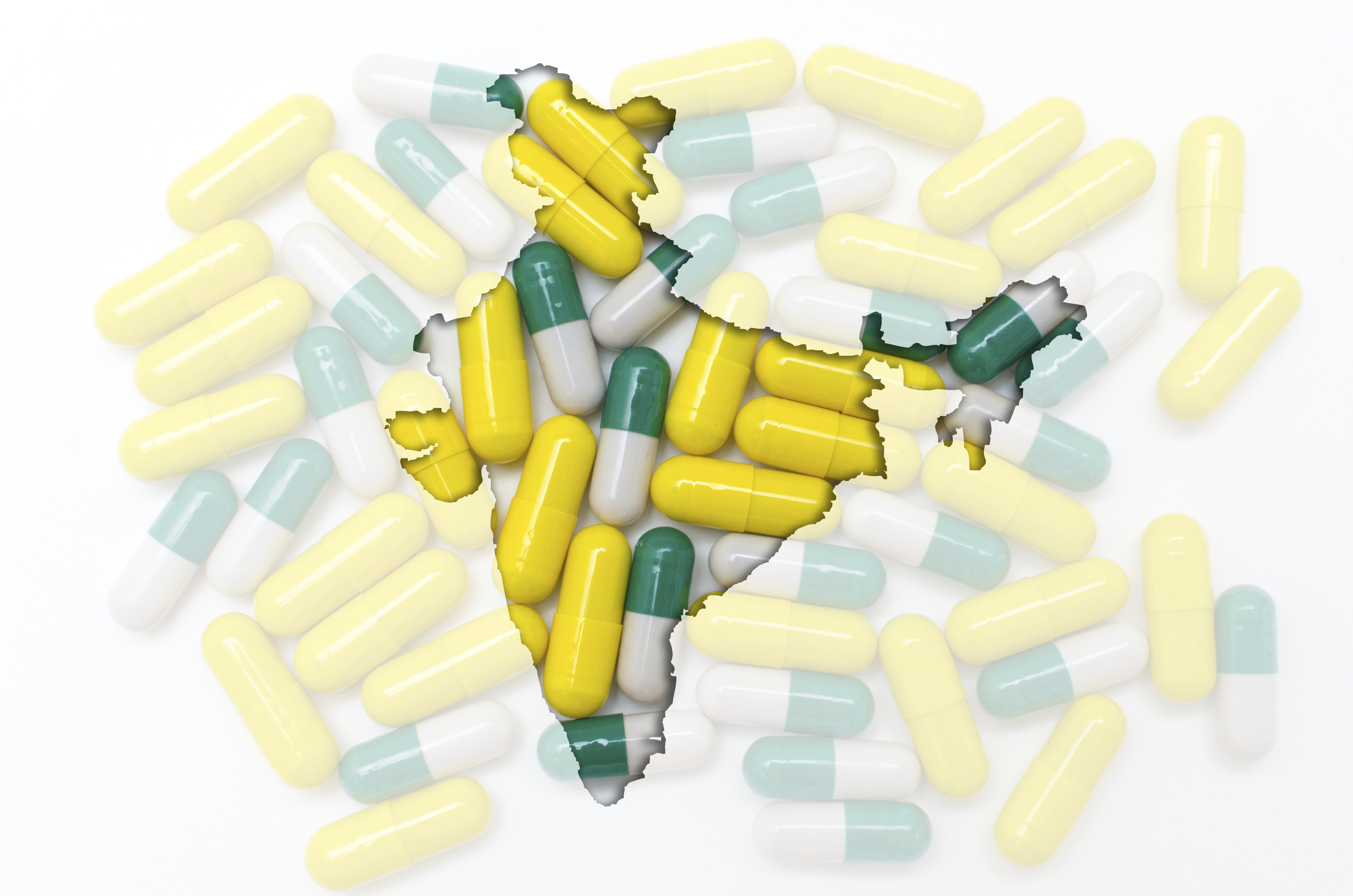
Contract manufacturing continues to rise within the Indian pharmaceutical industry, paving the way for SMEs to capitalize and grow.
Within the past few decades, India has taken a very positive turn in the pharma industry: developing its pharmaceutical production sector to include contract manufacturing. This productive period has enabled India to cement itself as a global manufacturing base and it continues to grow, improve, and innovate today.
According to S. V. Veerramani, President of the Indian Drug Manufacturers’ Association (IDMA), the overall pharma contract manufacturing industry in India is currently growing at a rate of 20 percent—an impressive figure that is paving the way for burgeoning opportunities. Looking to capitalize on this expanding window are small and medium enterprises (SMEs).
The current market value is estimated at 50 percent of the domestic production, which roughly translates to $5.3 billion. Multinationals hold a generous 20-25 percent stake in the domestic pharmaceutical market.
For the basic manufacture of medical products and drugs, India has a far superior edge over nations, such as China, Vietnam, and Ireland, due to resources including manpower, technically-knowledgeable work force, and WHO-GMP approved production premises. A substantial 40 percent lower cost of operation and production is clearly the highlight for multinationals to consider India for their outsourcing needs.
With the advent of multinational pharmaceutical organizations, and their rapidly growing presence in the country, the concept of contract manufacturing has steadily evolved and quickly adapted—so as to encompass services such as basic manufacturing of medicinal products, formulation development, stability studies, and various stages of clinical trials. In addition, scale-up of drug syntheses, and late clinical trial studies have also been profitable protocols in this sphere of contract manufacturing. The Drug Technical Advisory Board (DTAB) has agreed to grant a waiver to Phase III studies of certain drugs in India, which are from the regulated markets of the U.S. and EU. This step is an incentive for many pharmaceutical organizations to focus on India, as the cost savings could be enormous.

It is estimated that patented drugs worth $85 billion in potential annual sales in the U.S. would be off patent during the period 2014-2020. Price competitiveness and manufacture of these generic drugs in the most cost-efficient manner would be the key drivers boosting the prospects of the Indian players, as India is known to have the world’s best known low-cost manufacturing centers, with the highest number of U.S. Food and Drug Administration (FDA)-approved manufacturing plants outside the U.S.
The government is also looking at incentivizing the upgradation of Schedule M facilities to WHO GMP complaint units with the help of soft loans, which would lead to additional 1,000 units being certified WHO-GMP compliant, further corroborating the manufacturing processes.
Dr. P. V. Appaji, Director General Pharmexcil, mentioned that multinational companies in India have stopped manufacturing some of their products and have outsourced to Indian manufacturers. Products which are brand leaders in these segments are also outsourced to many Indian companies and yet could retain its market share.
The rising cost of manufacturing and some of the ageing plants of Europe reaching their life cycle conclusion may open up enormous opportunities to India’s companies in contract manufacturing as European companies are also considering to either relocate those units in cost-efficient centers like India or to outsource to India manufacturers.

Over the last five years (and more), the innovative products introduced do not command very large market value and are not block busters as they used to be earlier. The research pipeline—though now getting moderately filled—may have only moderate advantage over the existing products. Therefore, very few of them go on to become real blockbusters. As a result, MNCs are now adopting the strategy of marketing the brand even after the product goes off patent by slashing down their brand’s price to the level of generics.
To get the maximum mileage of their brands, companies are looking to outsource their manufacturing to more cost-efficient centers, like India, and yet retain their quality and brand image. This is a newer opportunity of contract manufacturing opening up.
This trend is on the rise in the domestic market and India is making an appropriate move by inviting Japan’s pharma industry to locate their units in India, either wholly-owned or in joint partnership with India companies. Japan’s companies are considering India’s offer with keen interest.
According to Appaji: “Our idea is to promote Indian generics in the international markets. Around 20 Japanese companies have already evinced interest in leveraging the contract manufacturing benefits from the US FDA-approved facilities in India.”
The contract manufacturing space in India is expected to gain grounds in the near future and to grow by 17-18 percent on a compound annual growth rate as efficiency in manufacturing and maturity of business models lead to containment of manufacturing cost.
Follow us on Twitter and Facebook for updates on the latest pharmaceutical and biopharmaceutical manufacturing news!




